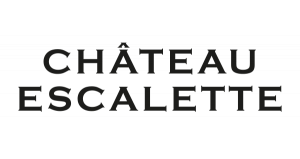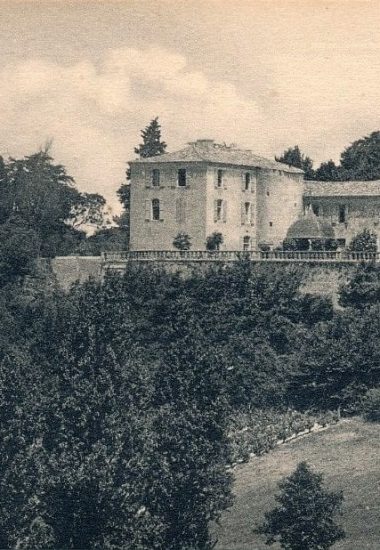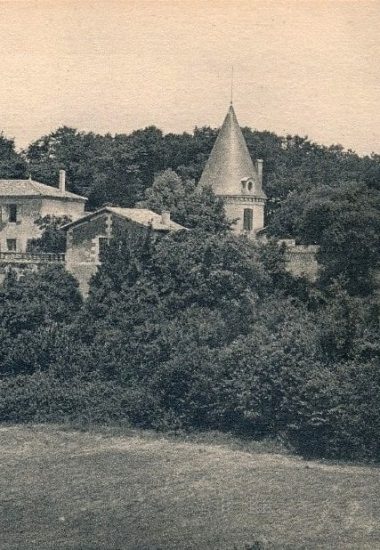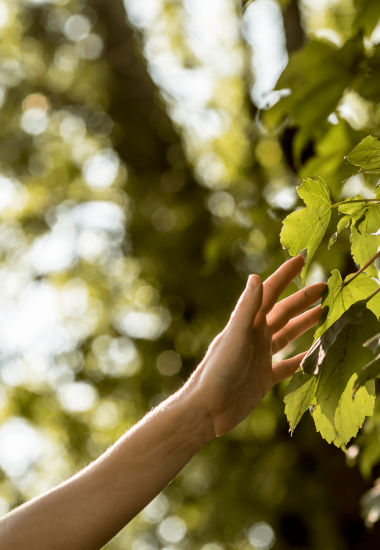
A Bordeaux Wine on the Natural Side
This castle is located on an eminence where one enjoys a magnificent view.
Treatise on wines by W. Franck (1824)


An Old and Rich History
The first mention of a Lord of Escalette dates back to 1578. At the beginning of the 17th century, the noble house came into the possession of the de Sauvanel family. Miss de Sauvanel probably brought it as a dowry to Messire Issac de Lescalette, who died there around 1697, and was buried in the church of Villeneuve. The castle then consisted of a rectangular main house flanked by two towers dating back beyond the seventeenth century. Many buildings testify to an intense existence: the big tower, the well in the courtyard and its imperial slate roof, the old bakery in the outbuildings to the west, and, of course, the wine buildings to the east.

In 1725, Jean-Luc Dehalis called himself “Lord of Escalette en Bourgeais”. He had his feudal royalties and his manorial rights counted, and the land survey results revealed that they extended over portions of all the neighboring villages. Dehalis’ successors kept Escalette for a long time, and in 1782, thunder knocked down one of the towers. They sold the estate to the Goize family, owner until the end of the 19th century. Then in 1824, “Château Descalet” is mentioned in the Treatise on Wines by W. Franck, with “a production of 30 to 40 barrels”.

The Richard Family chose Château Escalette as their first acquisition of a wine-growing property in 1950. Since its acquisition, the Richard Family has undertaken the castle’s renovation, notably by rehabilitating the vineyard, culminating in the ECOCERT ORGANIC certification obtained in 2013.

